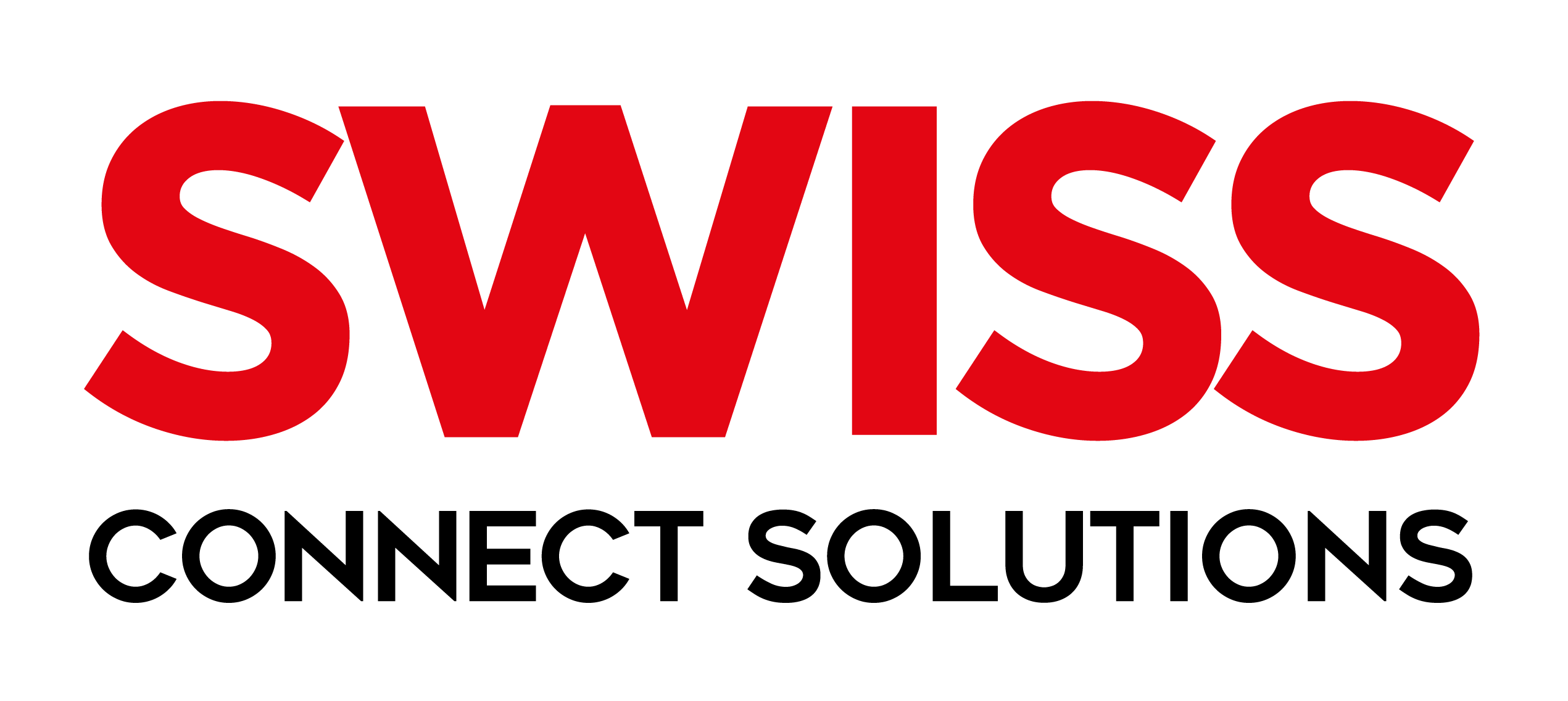Introduction
In today’s ever-evolving workforce, the line between traditional employment and alternative work arrangements is becoming increasingly blurred. Companies are no longer limited to hiring full-time employees—they now tap into a more flexible and dynamic labor pool, often made up of contingent workers.
But what exactly is the difference between permanent and contingent workers? And why should businesses and job seekers care?
Let’s break it down.
What is a Permanent Worker?
A permanent worker is an employee hired directly by a company on a long-term basis, often with no predetermined end date. This includes both full-time and part-time employees who typically receive benefits such as:
- Health insurance
- Paid time off
- Retirement plans
- Job security
- Opportunities for advancement
These employees are integral to the organization’s core operations and culture, and they often enjoy greater stability in their roles.
What is a Contingent Worker?
A contingent worker, on the other hand, is hired on a temporary or contract basis. This group includes:
- Freelancers
- Consultants
- Temporary staff (temps)
- Independent contractors
- Gig workers
Contingent workers are not considered permanent staff and generally do not receive benefits like health insurance or paid leave. They’re brought in for specific projects, seasonal needs, or to fill short-term gaps.
Key Differences at a Glance
| Aspect | Permanent Workers | Contingent Workers |
|---|---|---|
| Employment Term | Ongoing / Long-term | Temporary / Project-based |
| Benefits | Usually provided | Rarely provided |
| Job Security | Higher | Lower |
| Control | More control from employer | More independence / autonomy |
| Cost to Company | Higher (salary + benefits) | Lower (no benefits, only wages) |
| Hiring Purpose | Core functions / long-term roles | Specialized skills / short-term needs |
Why the Difference Matters
- For Employers:
Understanding the difference helps organizations build agile workforce strategies. Permanent employees foster loyalty and long-term growth, while contingent workers offer flexibility and cost savings. - For Workers:
Job seekers need to evaluate what they value more—stability and benefits or freedom and flexibility. For some, freelancing provides the work-life balance they crave. For others, a permanent position offers financial and career security.
The Rise of the Blended Workforce
Many companies now adopt a blended workforce model, combining both permanent and contingent workers. This hybrid approach allows organizations to adapt quickly, stay competitive, and access specialized talent on demand.
Final Thoughts
The future of work is not about choosing one type of worker over the other—it’s about strategically integrating both. Whether you’re a business leader planning your next hire or a professional deciding your career path, understanding the distinction between permanent and contingent workers is essential.


